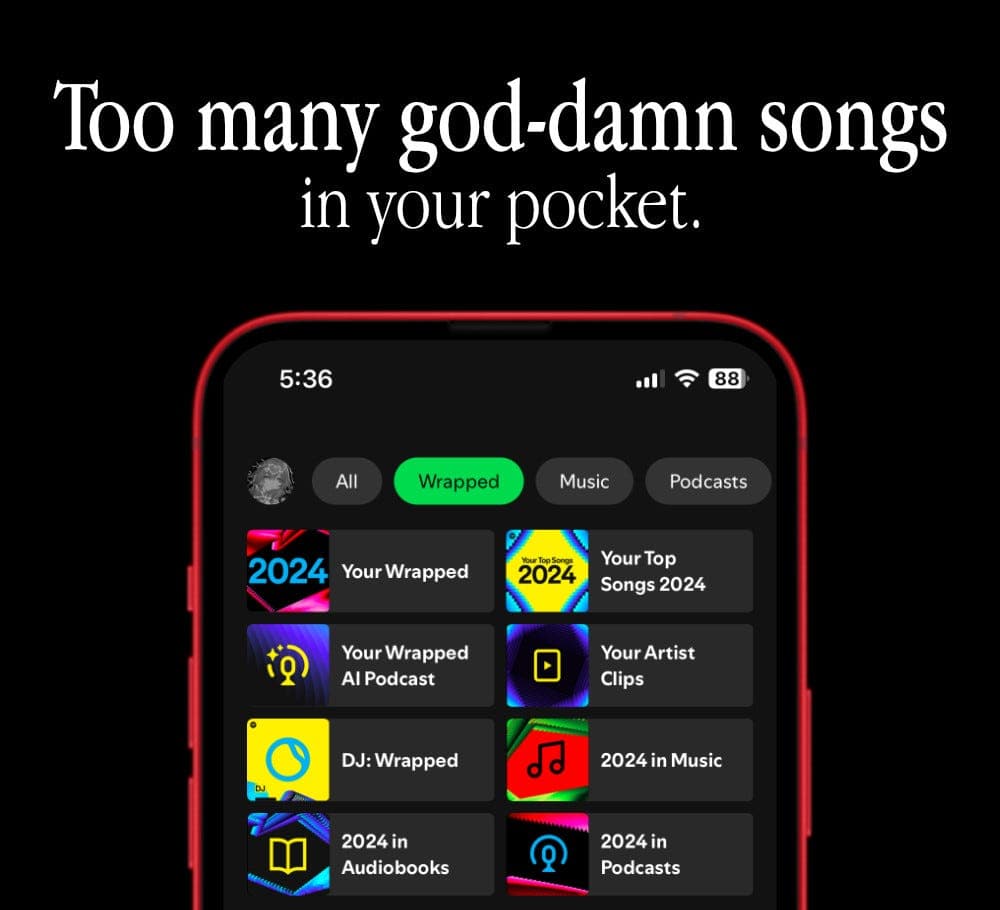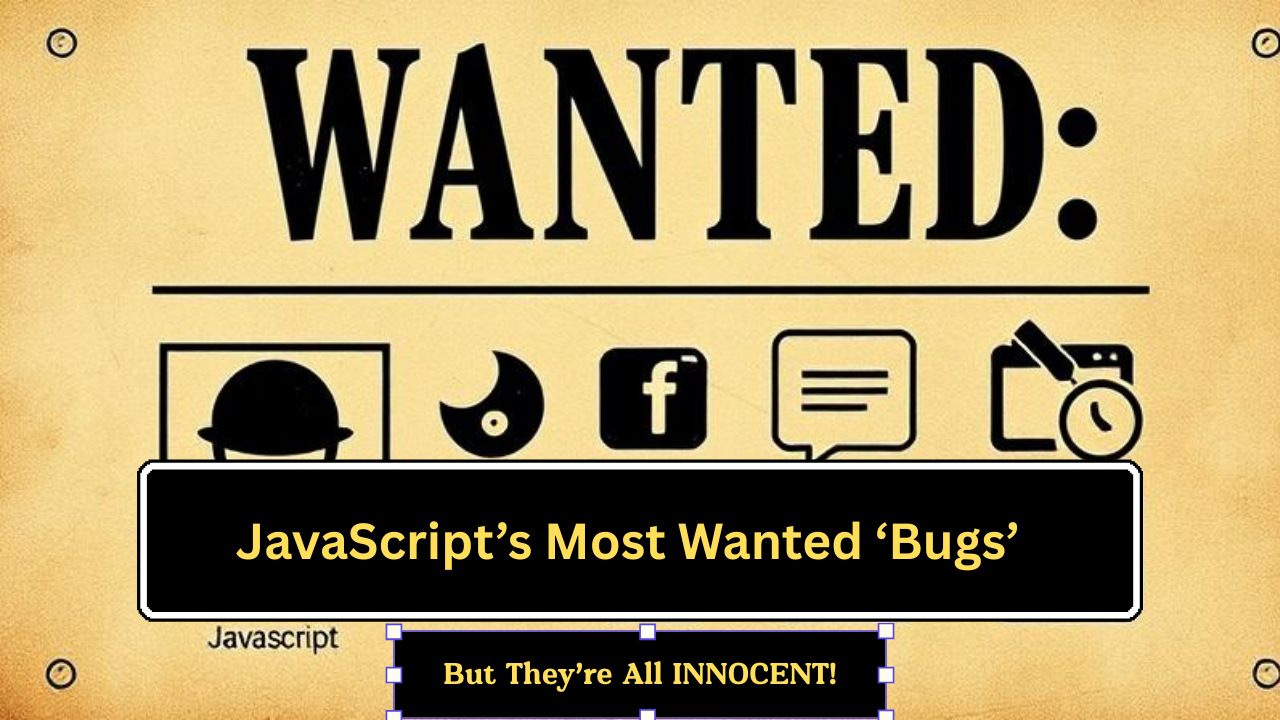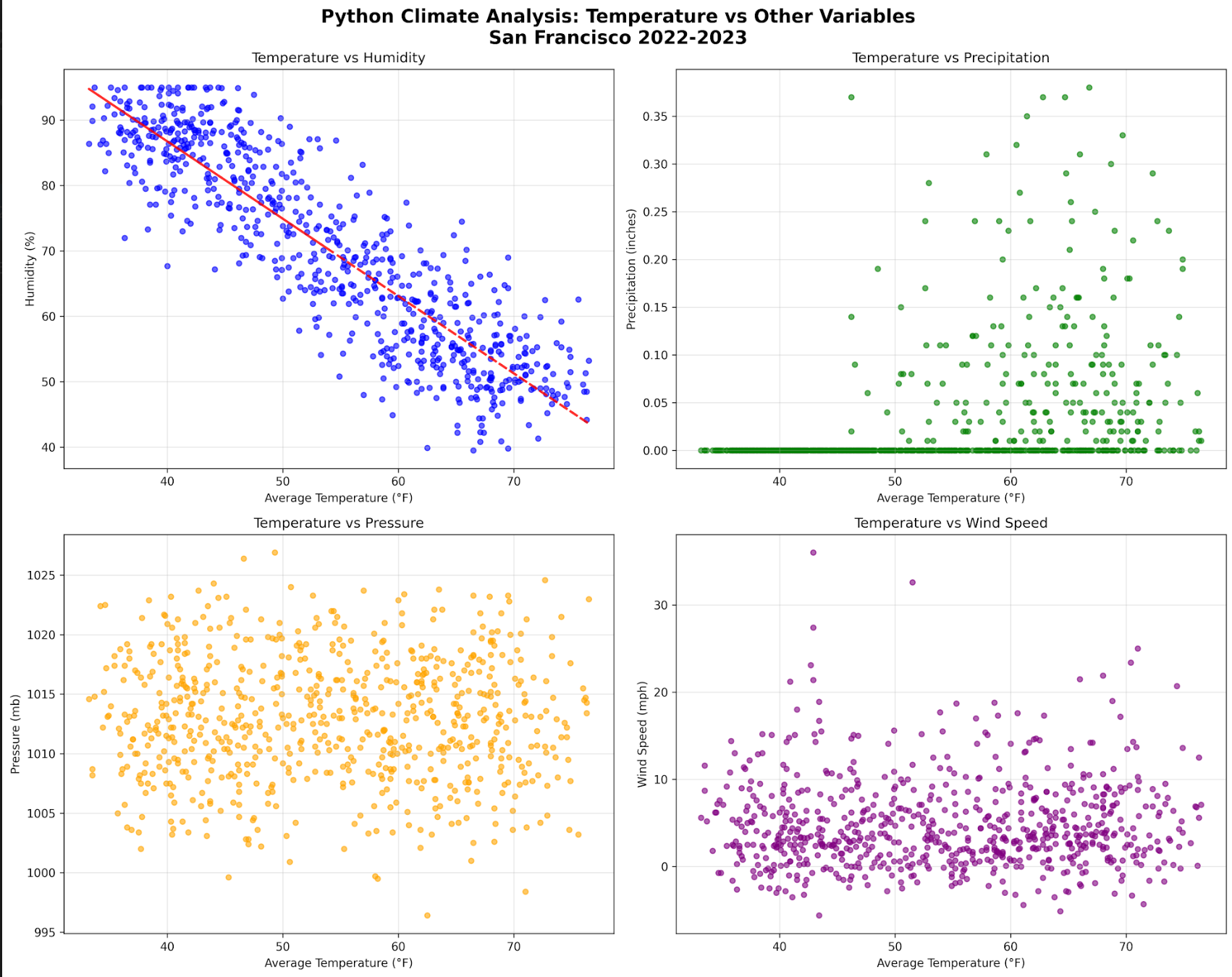
Spotify Wrapped Is Everything Wrong With The Music Industry
Every year, millions of Spotify users eagerly anticipate their Spotify Wrapped, revealing their most-listened-to songs, artists and genres. While this personalized year-in-review feature garners excitement, it also highlights critical flaws in the contemporary music industry. In this article, we explore how Spotify Wrapped serves as a microcosm of larger issues affecting artists, listeners and the industry's overall ecosystem.
Dev Orbit
August 2, 2025
Introduction
The music industry has been undergoing seismic changes in the digital age, with streaming services fundamentally reshaping how we consume music. Amid this transformation, Spotify Wrapped has emerged as a popular celebration of personal music consumption, drawing users and artists into a whirlwind of metrics and nostalgia. However, it's imperative to scrutinize this trend closely, as it underscores significant pain points in the industry—namely, the transactional nature of streaming, the undervaluation of artists and the problematic algorithms that dictate listening habits. Throughout this article, we will dissect these issues, providing insights into why Spotify Wrapped exemplifies everything wrong with the modern music industry while suggesting upgrades that might eventually lead to a more equitable environment for all stakeholders.
The Transactional Nature of Streaming
At its core, the rise of streaming services like Spotify has shifted the perception of music from an artistic endeavor to a transactional product. Listeners no longer purchase albums but instead opt for subscriptions to access vast libraries of music. This transition has significant implications for artists.
Compensation Issues: Musicians often receive a fraction of a cent per stream, leading to financial instability for many creators. According to a report by Digital Music News, a mere 1,000 streams can equate to as little as $3-$4, causing most artists to rely on merchandise sales or live performances for sustained income.
Loss of Album Sales: By prioritizing individual tracks and playlists, streaming services undermine the traditional music album format. Many mainstream artists respond by focusing on singles, diminishing the beauty of cohesive storytelling that albums can deliver.
Exploitative Practices: Spotify’s algorithm creates a barrier that favors popular artists while overshadowing emerging talents. Thus, the system rewards high-profile collaborations, further exacerbating the problem of unequal exposure and income distribution.
Undervaluation of Artists
Spotify Wrapped serves as a yearly reminder of how the platform commodifies artists. Despite their contributions to culture and community, many musicians feel underappreciated and undervalued. Let's examine some of the reasons behind this phenomenon:
Algorithmic Bias: Streaming algorithms prioritize songs with the most streams, effectively muting independent artists and less commercially viable music. As listeners become accustomed to a narrow band of overplayed tracks, they miss out on innovative and diverse talent.
Focus on Popularity: Spotify Wrapped showcases the most played artists and songs instead of promoting lesser-known musicians. This focus perpetuates a cycle where only those already popular are further promoted, leading to redundancy and stagnation in the industry.
Unrealistic Expectations: By showcasing top-tier performers, Spotify fosters unrealistic expectations for aspiring artists. The glamor of virality creates pressure for new musicians to achieve similar success, often resulting in burnout and disillusionment.
The Algorithmic Pitfalls
Spotify’s algorithm is a double-edged sword, providing convenience and personalized playlists while raising ethical questions about music discovery. Here are some key issues related to Spotify's algorithmic approach:
Diminishing Diversity: By focusing on users' listening habits, Spotify’s algorithms can create echo chambers of similar genres or artists. This leads to a homogenization of the music landscape, where less commercially viable artists struggle to gain traction.
Manipulation of Metrics: In an environment dominated by data, artists can feel pressured to create music that caters to algorithmic preferences rather than their genuine artistic vision. This often results in a music landscape dominated by formulaic hits.
Short-Lived Trends: Algorithm-driven playlists can promote short-lived musical fads, which make it difficult for artists to sustain their careers. Instead of leading to timeless music, the focus shifts to instant gratification, leading to a culture that values quantity over quality.
The Impact on Music Culture and Community
Spotify Wrapped highlights individual listening habits but fails to acknowledge the community aspect of music. Music has historically been a communal experience and this is being lost in the streaming age:
Isolation of Experience: While Wrapped allows for personal introspection, it can isolate listeners from shared musical experiences. Historically, music has brought people together—think concerts, gatherings, or even sharing mixtapes. Today, Spotify Wrapped offers little opportunity for connections beyond social media posts.
Fragmentation of Communities: Niche music scenes have increasingly struggled to maintain identity in a world dominated by platforms like Spotify. As listeners gravitate toward globally popular artists, local scenes often fade into obscurity.
Cultural Appropriation: The algorithm-driven model can encourage appropriation of styles and cultures without adequate recognition. Genres stemming from specific communities may see increased exposure, but they may not receive the respect or compensation due to their origins.
Creative Alternatives and Solutions
The issues highlighted by Spotify Wrapped underscore the need for systemic change in the music industry. Here are potential solutions and upgrades that could foster a healthier ecosystem:
Transparent Compensation Models: Implementing straightforward payment structures that guarantee fair compensation for artists could create a more sustainable model for all stakeholders involved in the music industry.
Promoting Diverse Voices: Spotify could invest in promoting a wider array of artists by creating curated playlists that champion underrepresented genres and emerging talent while reducing its reliance on metadata.
Encouraging Live Performances: Sponsorship of local music events or festivals would not only provide exposure to nascent artists but also foster community and a shared love of music. This could help bridge the gap between artists and listeners.
Leveraging Technology for Genuine Discovery: Investing in new technologies to facilitate music discovery could shift the focus away from listening habits to curating personalized experiences that emphasize the richness of diverse sounds.
Bonus/Advanced Tips for Artists
If you’re an artist navigating the complex landscape of streaming, here are some advanced strategies to consider:
Prioritize Engagement Over Streams: Focus on building a dedicated fanbase rather than chasing streaming numbers. Engage with your audience through social media, newsletters and live shows to foster loyalty.
Utilize Alternative Revenue Streams: Explore crowdfunding platforms like Patreon or seek licensing opportunities in media to bolster income beyond streaming.
Network with Other Artists: Collaborate with other artists to cross-promote music and expand fanbases. Networking can yield dynamic partnerships leading to shared growth and exposure.
Educate Yourself: Stay informed about music industry trends, including emerging platforms, new technologies and shifts in listener behavior, to adapt your strategy effectively.
Conclusion
Spotify Wrapped encapsulates not just yearly musical habits but also glaring deficiencies at the heart of the music industry. While it's a powerful form of personal engagement, it also highlights the underlying issues of compensation, artist visibility and community impact. By addressing these challenges and promoting alternative solutions, the industry can evolve into a more equitable and vibrant space for all involved. Your voice matters—share your thoughts on how we can improve the music landscape! Comment below and don't forget to engage with this issue on social media.

Enjoyed this article?
Subscribe to our newsletter and never miss out on new articles and updates.
More from Dev Orbit

Improving API Performance Through Advanced Caching in a Microservices Architecture
Unlocking Faster API Responses and Lower Latency by Mastering Microservices Caching Strategies

Tamron 16–30mm F/2.8 Di III VXD G2 for Sony E-Mount Listed for Pre-Order on Amazon US
Discover the latest offering in wide-angle photography with the Tamron 16–30mm F/2.8 Di III VXD G2 lens for Sony E-Mount, now available for pre-order on Amazon US. This article delves deep into its specifications, unique features and its potential impact on your photographic journey. From its advanced optical design to performance benchmarks, we’ll explore everything that makes this lens a must-have for both amateur and professional photographers.

10 Powerful Tips for Efficient Database Management: SQL and NoSQL Integration in Node.js
Streamline your Node.js backend by mastering the integration of SQL and NoSQL databases—these 10 practical tips will help you write cleaner, faster and more scalable data operations.

GitHub Copilot vs Tabnine (2025): Which AI Assistant is Best?
AI coding assistants are no longer futuristic experiments—they’re becoming essential tools in the modern developer’s workflow. In this review, we’ll compare GitHub Copilot and Tabnine head-to-head in 2025, exploring how each performs in real-world backend coding tasks. From productivity gains to code quality, we’ll answer the burning question: Which AI assistant should you trust with your code?

10 JavaScript Quirks That Look Wrong (But Are Actually Right)
This article dives deep into ten surprising quirks of JavaScript that might confuse developers, especially those new to the language. From unexpected behavior with type coercion to peculiarities in operator precedence, we will clarify each aspect with real-world examples and practical implications. By understanding these quirks, developers can write cleaner and more efficient code, avoiding common pitfalls along the way.

MongoDB Insights in 2025: Unlock Powerful Data Analysis and Secure Your Database from Injection Attacks
MongoDB powers modern backend applications with flexibility and scalability, but growing data complexity demands better monitoring and security. MongoDB Insights tools provide critical visibility into query performance and help safeguard against injection attacks. This guide explores how to leverage these features for optimized, secure Python backends in 2025.
Releted Blogs

9 Real-World Python Fixes That Instantly Made My Scripts Production-Ready
In this article, we explore essential Python fixes and improvements that enhance script stability and performance, making them fit for production use. Learn how these practical insights can help streamline your workflows and deliver reliable applications.

A Beginner’s Guide to AWS EC2 and AWS Lambda: When and Why to Use Them
Confused between EC2 and Lambda? This beginner-friendly guide breaks down their core differences, use cases, pros and cons and helps you choose the right service for your application needs.

Best Cloud Hosting for Python Developers in 2025 (AWS vs GCP vs DigitalOcean)
Finding the Right Python Cloud Hosting in 2025 — Without the Headaches Choosing cloud hosting as a Python developer in 2025 is no longer just about uptime or bandwidth. It’s about developer experience, cost efficiency and scaling with minimal friction. In this guide, we’ll break down the top options — AWS, GCP and DigitalOcean — and help you make an informed choice for your projects.

Data Validation in Machine Learning Pipelines: Catching Bad Data Before It Breaks Your Model
In the rapidly evolving landscape of machine learning, ensuring data quality is paramount. Data validation acts as a safeguard, helping data scientists and engineers catch errors before they compromise model performance. This article delves into the importance of data validation, various techniques to implement it, and best practices for creating robust machine learning pipelines. We will explore real-world case studies, industry trends, and practical advice to enhance your understanding and implementation of data validation.

Python vs R vs SQL: Choosing Your Climate Data Stack
Delve into the intricacies of data analysis within climate science by exploring the comparative strengths of Python, R and SQL. This article will guide you through selecting the right tools for your climate data needs, ensuring efficient handling of complex datasets.

Unlocking WASI: The Future of Serverless with WebAssembly
Discover how WASI is transforming serverless computing with secure, portable WebAssembly runtimes for the cloud era.
Have a story to tell?
Join our community of writers and share your insights with the world.
Start Writing